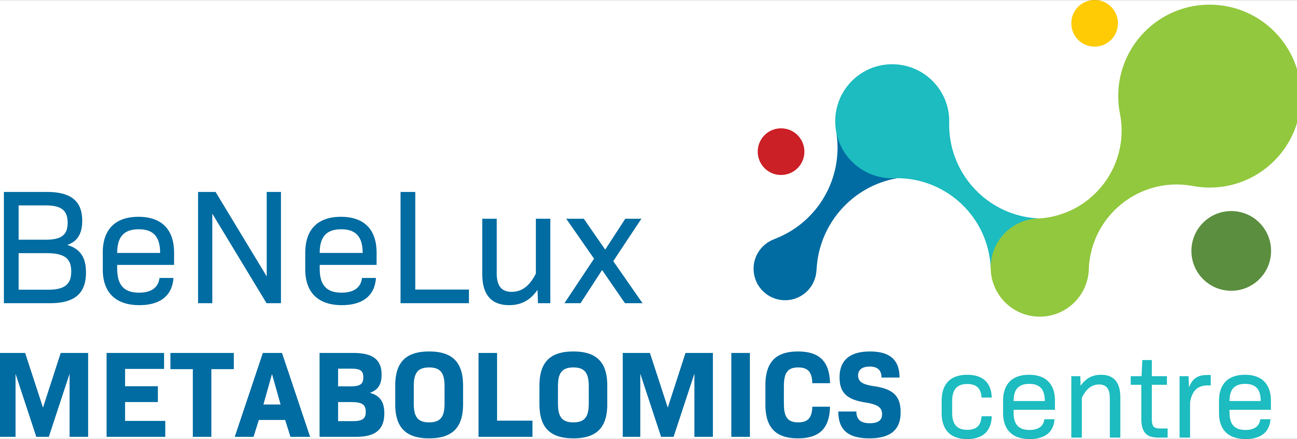Inferring metabolic networks from quantitative metabolite data is a central topic in systems biology, because it can help to elucidate biochemical reactions and interactions in the cell of an organism.
A study of the feasibility of reverse engineering of metabolic networks from time resolved metabolomics data has been performed. Several in-silico models have been implemented and analyzed. Appropriate data have been simulated to study the performance of four representative methods. Sampling and measurement methods currently in use for generating time-resolved metabolomics data are contrasted with the needs of reverse engineering methods.
It has become clear that it is very difficult to estimate the structure of a metabolic network if the time constants in the network have different order of magnitude. This means that if there are both fast and slow reactions in the network, the estimated connections are not reliable. If the same network with reaction rates that are closer to each other is analyzed, the results are nearly perfect.
Because of the problems mentioned above, we changed the theme of our project. We will focus on finding changes in pathways under different environmental conditions. Therefore we will use adaptations of different data analysis tools that are currently used in transcriptomics.
